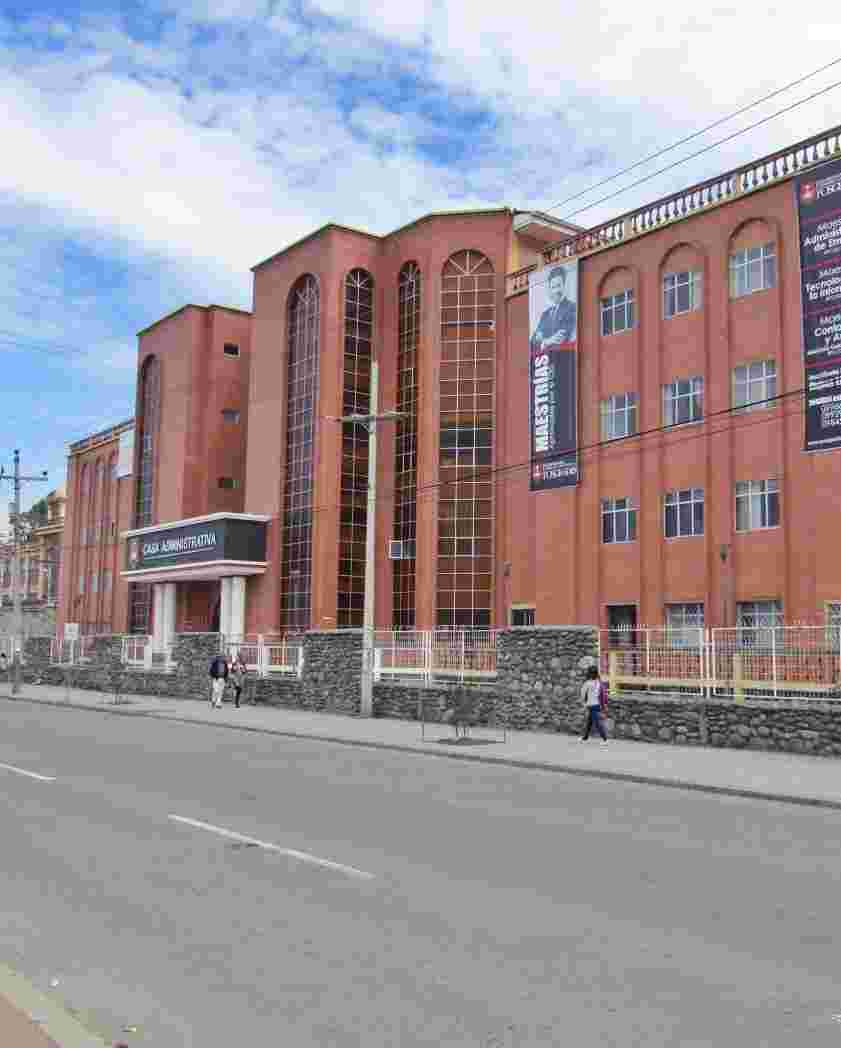Análisis de estabilidad y capacidad portante en las escombreras de Cuenca
Fecha
2014
Autores
Título de la revista
ISSN de la revista
Título del volumen
Editor
Resumen
Descripción
El presente trabajo de investigación abarca de forma muy concreta el estudio del análisis de estabilidad que poseen las escombreras de la ciudad de Cuenca Ecuador, para lo cual se han determinado dos métodos de cálculo; Método de Taylor y Método de Bishop Simplificado; capaces de definir el factor de seguridad que posee un terreno, aplicados ahora a tres de las veinte y uno escombreras existentes en la ciudad, que han sido escogidas dependiendo de su año de cierre y de la cantidad de escombros receptados durante su funcionamiento, obteniendo una muestra que representa aproximadamente el 33 por ciento del volumen generado hasta la fecha del estudio.\nPara el estudio de las diferentes escombreras se tomaron varias muestras de suelo llevadas a laboratorio para determinar los factores necesarios en estos procedimientos de cálculo; ensayos que arrojaron notables resultados, una vez aplicados en los métodos escogidos, se pudo establecer una relación entre el periodo de cierre de una escombrera y su factor de seguridad; de donde se concluye que a mayor tiempo de cierre, mayor estabilidad; con factores de seguridad que van desde 2.5 hasta 5.8 , es decir, igual o mayores a los recomendados para concluir que un terreno es estable.\nFueron analizados también la cantidad de escombros que recepta anualmente la Empresa Municipal de Aseo de Cuenca, EMAC EP, frente a las horas de tendido y compactación del tractor encargado de esta labor, pudiendo aseverar que tanto la cantidad de escombros receptada como el rendimiento del tractor mencionado, con el pasar de los años está bajando, razón por la cual se han hecho algunas recomendaciones.
Palabras clave
Método De Taylor, Método De Bishop, Factor De Seguridad, Escombrera








